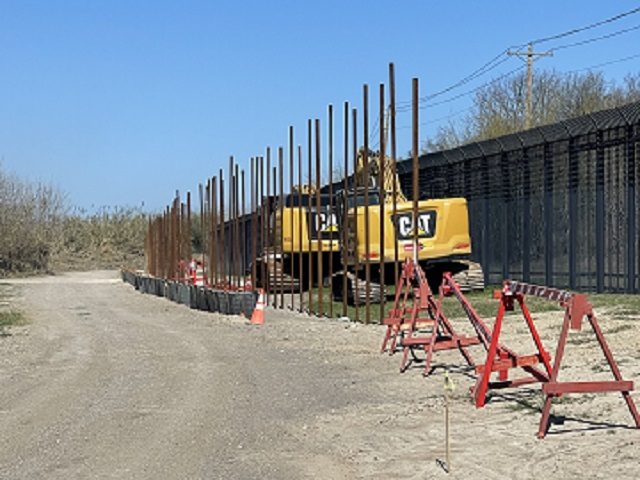Records recently released via the Freedom of Information Act show the U.S. spent $2.6 million to repair thousands of breaches to border wall structures through the 2019 to 2021 fiscal years. The Washington Post utilized the finding to foster doubt about the effectiveness of such systems. However, the breaches are common issues for Border Patrol agents who are able to respond in time when provided modern surveillance tech and motion sensors. The Biden Administration has actually spent far more tax dollars by refusing to complete border structure projects during this same period.
The CBP records obtained by the Washington Post and highlighted in the recent news report reflect an average cost of less than $1 million per year to address damages done by human smugglers to the border structures. In contrast, the January 2021 Biden executive order required contractors engaged by the Trump administration to immediately cease work at a cost of $6 million per day.
The costs mounted daily, as exclusively reported by Breitbart Texas. One border wall firm previously employed by Southwest Valley Construction in Mission, Texas, on a paused contract says his crew sat idle for four months. The crew was not allowed to perform work under the executive order but was contractually required to remain on site until the project was cancelled in April 2021.
According to the Washington Post, along one 25-mile segment of new border wall in Arizona, 71 bollards with visible repairs and welds were noted. In most instances, crews repaired the breaches using a sleeve-like steel coupler, referred to as a “boot” to patch the gap. In the 25 miles of fencing noted, 132,000 bollards are necessary at the one per foot rate of border wall. In other words, .05 percent of the border wall section showed visible signs of breach.
The Post noted that CBP maintenance records show the cutting crews were most active in California. The El Centro sector repaired 1,867 breaches during the three fiscal years examined. The San Diego Sector recorded 866.
Having worked as a rank-and-file Border Patrol agent for nearly a decade in the El Centro Sector, fence breaches were a daily part of the game played out with human smugglers. In the years since, technology has improved the viability of the border wall and legacy fencing.
CBP says the bollard fencing remains a valuable tool when combined with surveillance and sufficient personnel. They say many of the wall segments where breaching occurred lacked sensors, cameras, and other detection tools, according to the Post report.
The barriers and technology deployed along the southwest border, although extremely helpful when paired with sufficient policy, were never impenetrable. Human ingenuity employed by smugglers is a constant threat. The barriers continue to perform the intended task of reducing traffic where a complete system of lighting, roads, and technology are deployed, if solid policy is standing in support.
Randy Clark is a 32-year veteran of the United States Border Patrol. Prior to his retirement, he served as the Division Chief for Law Enforcement Operations, directing operations for nine Border Patrol Stations within the Del Rio, Texas, Sector. Follow him on Twitter @RandyClarkBBTX.
This article was updated with additional information.

COMMENTS
Please let us know if you're having issues with commenting.